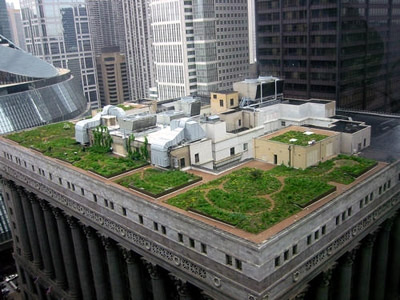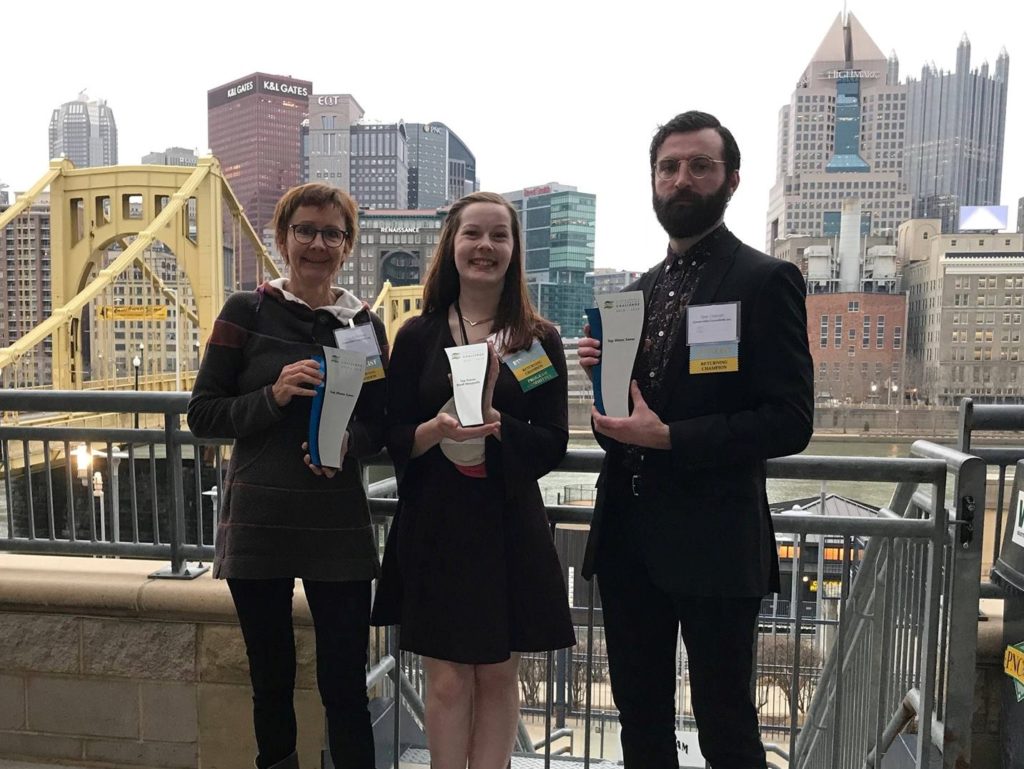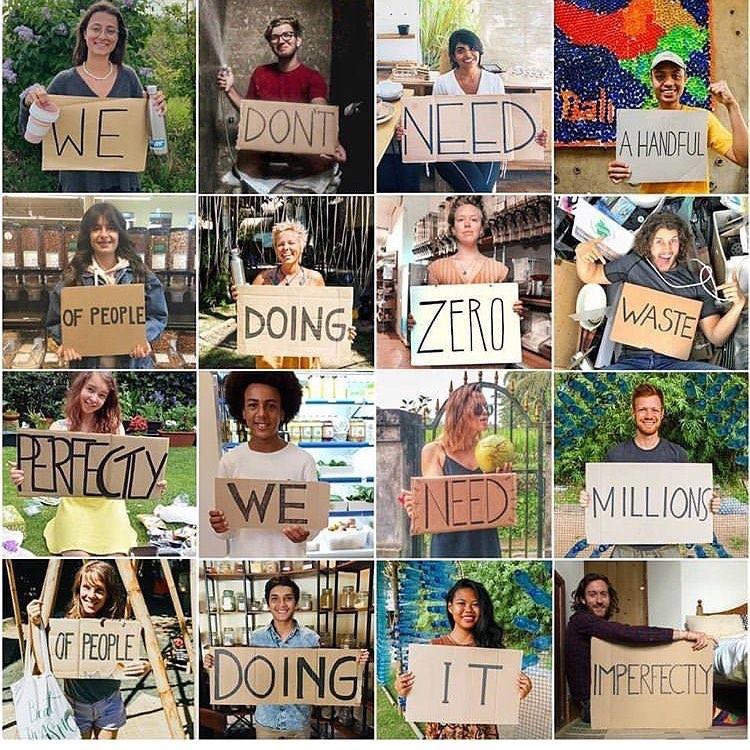Part 3 – Where We Work
As a corollary to last week’s post, roughly forty percent of the energy used in the United States goes to power buildings (heating, cooling, lighting, etc.), and nearly half of that energy is used by the commercial sector.[1] Businesses can play a huge role in combatting climate change, starting with their own facilities. Even if you completely remove the climate component from the equation, the argument for energy efficiency is as simple as this: saving energy saves money. By making your facility more energy efficient, you have to purchase less energy; by reducing demand on the electricity grid, the supply cost drops. What intelligent businessperson could argue with making an investment in his/her organization that is guaranteed to provide a greater return?
There are many ways companies can work to improve their assets and operations, and I will list some ideas and resources below, but I want to start with a little about the role of corporate culture in these decisions.
The Ease (and Difficulty) of Commercial Buildings
At my first job out of grad school, I calculated energy savings related to efficiency measures for commercial buildings. Many utility companies offer rebates to organizations that perform energy efficiency projects that will remove demand from the grid, and Pennsylvania’s utilities are no exception. While the state mandates that the electric utilities run these programs (with heavy penalties for missing savings targets), it is actually cheaper to cut a check and reward people for saving energy than it is to build another power plant to generate more electricity. By installing energy efficient equipment, these companies are not only reducing how much energy they use over time, but reducing the amount of power that generation plants have to produce at any one time, thus limiting the risk of grid failure.
The measures I examined included lighting retrofits, HVAC commissioning, and improvements to the building envelope through insulation, air sealing, and white roof installations.[2] The energy savings across one company can be staggering. One of my clients was a multinational retail store, and the savings from improvements to Pennsylvania locations alone ranged into the gigawatts of demand removed from the grid. That organization spent a lot of money to improve their buildings, and they made up that cost in a few short years.

As simple as I have made this process sound, commercial building efficiency remains a largely untapped area of opportunity. My contact at the retail company, Marilyn, was the head of sustainability for the mid-Atlantic stores, and she understood the value of energy efficiency. I was lucky to have her as my contact because some of the other regional sustainability managers were not as open-minded or forward-thinking. If you can find a champion who 1) understands the value, and 2) has the power to implement changes, most of your work is already done.
In some ways, the commercial space can be easier than residential because in residential, you have to start a new relationship, a new conversation in every home you approach, and the energy savings will be small each time. In commercial spaces, if you find a champion who is responsible for large and/or multiple facilities, you can make a massive impact through one relationship. But that is a big “if.” Getting people to change their behaviors, shifting from “this is how we’ve always done it” can be incredibly difficult.
Shifting Corporate Culture
As part of my graduate fellowship, I researched and co-wrote a book chapter about using principles of organizational behavior to combat climate change. I wouldn’t recommend actually reading the publication unless you’re an academic studying organizational behavior, specifically superordinate identity, but seeing my name in print, in a hardcover book, was one of my proudest moments.[4] I will briefly describe the idea behind our research and how it relates to this post:
Humans are by nature very focused on “in-group” and “out-group” categories. This inclination is hard-wired in us for self-preservation – in the hunter-gatherer sense of the word – but it has carried over into modern society to the point that we isolate ourselves into smaller and smaller groups. This behavior is detrimental because while we trust people within our own social group and are naturally suspicious of people from outside that group, the smaller one’s group is, the more isolated and less collaborative that person/group will be.
That behavior helped our ancestors survive at the dawn of civilization, but it is not necessarily beneficial for trying to develop wide-reaching solutions to the problems our planet faces today. If you see yourself as part of a small group (let’s use apple farmers as an example), you are less likely to work collaboratively with people outside that group (orange farmers). However, if you shift your identity to a more comprehensive group identifier (fruit farmers), you are more likely to collaborate with the orange farmers to develop best practices and solutions to common problems.

In our research, we saw examples of both stagnant and innovative companies. In one example, petroleum producers that viewed themselves as “oil companies” were less likely to collaborate and innovate, while petroleum producers that viewed themselves as “fuel companies” were more likely to do research into innovative technologies being used in other industries, to experiment more with their own products, and to move with the times. Organizations in the former group were more likely to fall behind trends and lose profit share.
Another example we found was of a specific multinational corporation that held regular competitions between teams in different countries to encourage performance. The prize was nothing more than bragging rights: headquarters would display the winning country’s flag in a prominent location. However, battle between teams for that point of pride was enough to shut down communication within the company. The teams wouldn’t share information with each other because each wanted to win. Once the organization did away with that practice, the teams began to see themselves as all part of the organization at large, rather than part of the US team or the Swiss team. With that cultural shift, these teams began to communicate, collaborate, share information, and ultimately improve their product (and their profits).
Building Sustainability
Unfortunately, following in this principle of superordinate identity, if a company is large enough to have a sustainability team, that team can easily be excluded from the rest of the organization. Sustainability, however, needs to be incorporated into the culture of an organization, not relegated to the sustainability team – and it can be. Many of the top global climate solutions assembled by Project Drawdown, for example, are related to building management.[6] If you can become a champion or get the ear of someone who is, there are many things you can do to help improve the energy efficiency and sustainability of your building and the health of our planet.
Building maintenance and operations measures are at the top of my personal list of recommendations, which are based on my eight years of experience in the industry. Capital expenditures are typically the hardest steps to sell because they involve such high upfront costs. Getting an energy audit for your building and getting guidance on how to weatherize it will probably result in the biggest impact of anything I mention here. Insulation and air sealing can save massive amounts of energy, as can making sure you have up-to-date and efficient equipment inside the building (e.g. lighting, HVAC, and refrigeration if that is applicable).
Operations and maintenance is a key area as well. If you can’t replace equipment, make sure it is well-maintained, regularly serviced, and running as efficiently as possible. There are ways to measure and manage your energy usage and carbon footprint, such as using EnergyStar Portfolio Manager.[7] In addition to making sure your building is functioning as efficiently as possible, you can reduce impacts through sustainable procurement: sourcing supplies locally and purchasing (or generating your own) renewable energy.

If you aren’t able to impact capital expenditures, operations and maintenance, or procurement, you may be able to influence formal policies or employee-led initiatives. The Sustainable Pittsburgh Challenge has some great ideas for high-level and low-level impacts across organizations.[9] Your company may be willing to adopt formal policies related to turning lights off when not in use, setting computers to hibernate overnight, or even setting thermostats to levels recommended by the Department of Energy (68F in the winter, 78F in the summer).
I have been part of fun and interesting initiatives that were not related to corporate policy, but rather to employee interests. At my last job, the building did not recycle, so employees managed a company-wide recycling program and rotated turns to take the recyclables to a local collection facility. I promoted a Meatless Monday lunch, during which team members would bring a vegetarian lunch and spend the break learning about various sustainability initiatives. My current office has a “Green Team” that functions much in the same way.
If you are in a position to make these decisions, figure out what you can implement. If you are not in a position to make these decisions, figure out whom you can influence. Reflecting on NYC Climate Week and my marathon of conferences over the last month, I am heartened by the level of desire I see in people to make a difference. Whether you are voting, teaching others, or making changes in your home or in your office, you have the power to help. I never cease to be amazed by the impacts of motivated people working together to make change, so this is your call to action: go see what you can do.
Thanks for reading!
[1] https://www.eia.gov/tools/faqs/faq.php?id=86&t=1
[2] http://www.whiteroofproject.org/faq
[3] https://science.howstuffworks.com/environmental/green-science/green-rooftop.htm
[4] https://www.palgrave.com/us/book/9780230115835
[5] https://www.facebook.com/ConservationConsultants/
[6] https://www.onepercentfortheplanet.org/stories/2019/8/21/10-most-viable-global-climate-solutions
[7] https://www.energystar.gov/buildings/facility-owners-and-managers/existing-buildings/use-portfolio-manager
[8] https://www.reddit.com/r/Anticonsumption/comments/bmw8dh/i_think_it_is_a_perfect_insight/
0 Comments